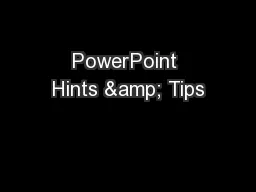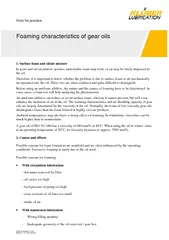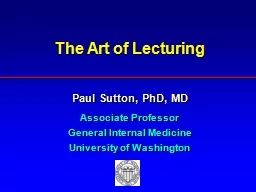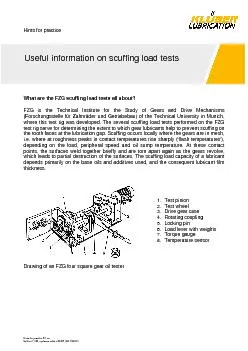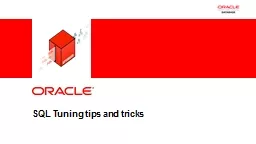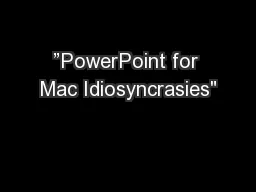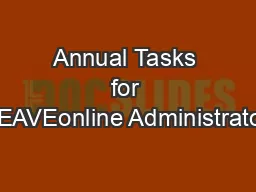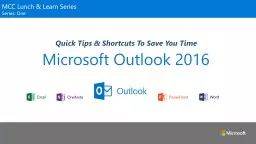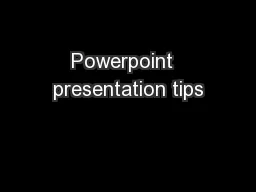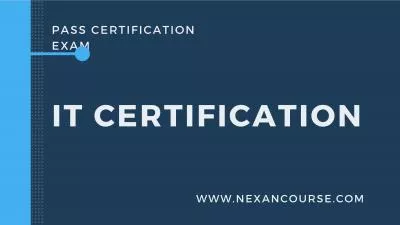PPT-PowerPoint Hints & Tips
Author : tawny-fly | Published Date : 2016-04-21
This example file gives you some examples of good and bad practice plus problemsolving tips Accessibility When creating a show you need to think about your audience
Presentation Embed Code
Download Presentation
Download Presentation The PPT/PDF document "PowerPoint Hints & Tips" is the property of its rightful owner. Permission is granted to download and print the materials on this website for personal, non-commercial use only, and to display it on your personal computer provided you do not modify the materials and that you retain all copyright notices contained in the materials. By downloading content from our website, you accept the terms of this agreement.
PowerPoint Hints & Tips: Transcript
Download Rules Of Document
"PowerPoint Hints & Tips"The content belongs to its owner. You may download and print it for personal use, without modification, and keep all copyright notices. By downloading, you agree to these terms.
Related Documents

